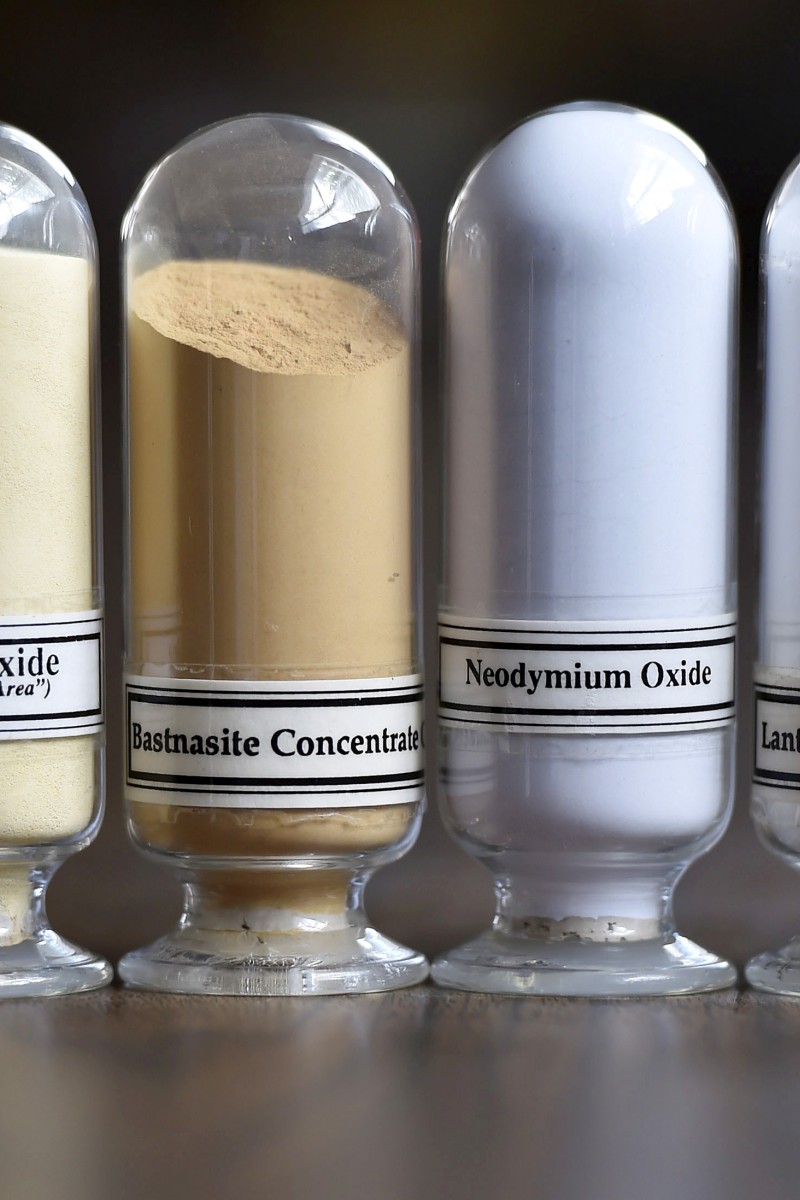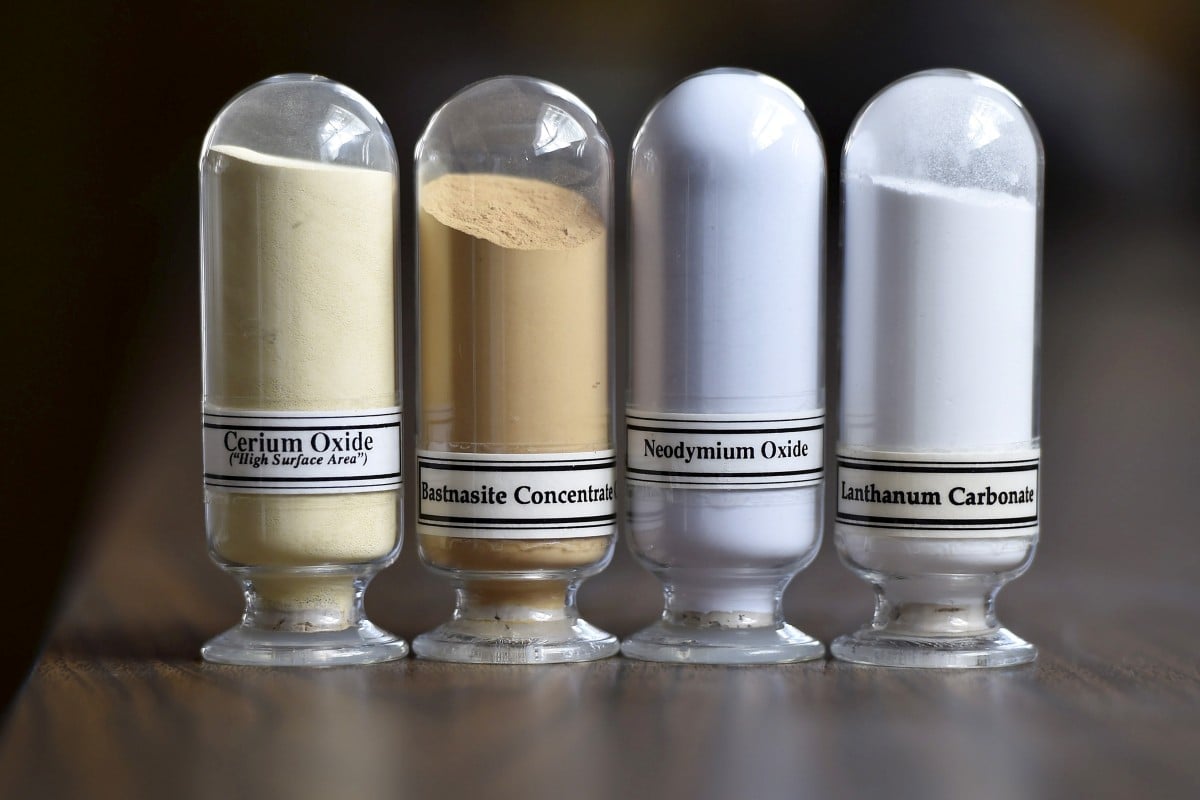
China has one-third of the world's rare earths reserves and accounts for 90 per cent of the global supply
 Rare earths are essential for the manufacture of hi-tech products, but their refinement is massively polluting.
Rare earths are essential for the manufacture of hi-tech products, but their refinement is massively polluting. A team of Chinese scientists has developed a new process they say significantly reduces the time needed to extract rare earths from ore, and it could also cut industry pollution. Extracting the trace metal elements is difficult and takes days to complete, but researchers at the Chinese Academy of Sciences in Fuzhou say they have found a way to shorten the process to minutes.
According to Sun Xiaoqi, lead scientist on the project, it was an important development. “This could start a technological evolution in the rare earths industry,” Sun said. China has about one-third of the world’s rare earths reserves and accounts for 90 per cent of the global supply, according to the US Geological Survey. The 17 trace metal elements are critical to the manufacture of nearly all hi-tech products, from semiconductors to smartphones and stealth fighter jets.
Sun said the standard way to extract rare earths from ore involves submerging them in a solution of toxic chemicals to separate out the useful elements, a process that can take up to a week. But using a new material developed by Sun’s team, they can be separated out with unprecedented speed and efficiency, he added.
Seen under a microscope, the material – a mix of alkyl phenoxy carboxylic acids – contains countless solid particles just a few micrometres wide. When the material is mixed with the fine grains of rare earths ore, it starts a process known as “extraction and precipitation strategy”.
According to Sun, extraction can be completed in 20 minutes. Also, the material can be used to extract rare earths from mining debris, and trace amounts of the metals can even be obtained from leached waste.
“[Finding a] low-cost and clean production process for rare earths is a worldwide problem,” Sun said. “Traditional extraction requires a large amount of volatile organic solvents … which are difficult to recycle, and the waste water they produce has a negative impact on the environment.”
Sun said the new extraction method would reduce production costs as well as pollution. The industry is known for its heavy environmental cost. Pollutants in waste water are difficult and expensive to safely dispose of, but he claimed the new material could be recycled and the process would easily meet environmental standards.
There are also challenges, including producing the extraction material on a large scale and modifying existing equipment at rare earths refineries, but Sun said they had government backing.
“We’re taking this extraction process to the mass application stage,” he said. Industrial testing has already been completed together with some of the world’s largest rare earths producers, including Ganzhou Rare Earth Group in Jiangxi province and Baotou Steel Hefa Rare Earth in Inner Mongolia.